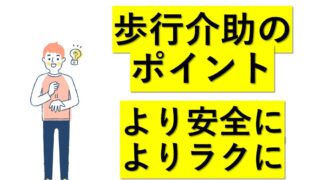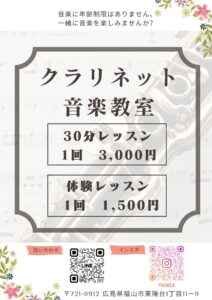紹介
今回は以下の論文を紹介します!
Return to Employment After Stroke in Young Adults
How Important Is the Speed and Energy Cost of Walking?
Originally published
26 Sep 2019https://doi.org/10.1161/STROKEAHA.119.025614Stroke. 2019;50:3198–3204
若年成人における脳卒中後の仕事復帰
歩行時のエネルギーコストや速度はどのくらい重要なのか?についてです。
2019年に掲載されています。
背景と目的
A quarter of individuals who experience a stroke are under the age of 65 years (defined as young adults), and up to 44% will be unable to return to work poststroke, predominantly because of walking difficulties. No research study has comprehensively analyzed walking performance in young adult’s poststroke. The primary aim of this study is to investigate how a stroke in young adults affects walking performance (eg, walking speed and metabolic cost) compared with healthy age-matched controls. The secondary aim is to determine the predictive ability of walking performance parameters for return to employment poststroke.
脳卒中を経験した人の4分の1は65歳未満(若年成人と定義)であり、主に歩行困難のために、最大44%が脳卒中後に仕事に戻ることができなくなります。若年成人の脳卒中後の歩行パフォーマンスを包括的に分析した調査研究はありません。この研究の主な目的は、若年成人の脳卒中が、同年齢の健康な群と比較して、歩行能力(例えば、歩行速度や代謝コスト)にどのように影響するかを調査することです。二次的な目的は、脳卒中後の仕事に戻るための歩行パフォーマンスパラメータの予測能力を決定することです。
方法
Forty-six individuals (18–40 years: n=6, 41–54 years: n=21, 55–65 years: n=19) who have had a stroke and 15 healthy age-matched able-bodied controls were recruited from 6 hospital sites in Wales, United Kingdom. Type, location, cause of stroke, and demographic factors (eg, employment status) were recorded. Temporal and spatial walking parameters were measured using 3-dimensional gait analysis. Metabolic energy expenditure and metabolic cost of walking were captured during 3 minutes of walking at self-selected speed from measurements of oxygen consumption.
脳卒中を患った46人(18〜40歳:n = 6、41〜54歳:n = 21、55〜65歳:n = 19)と15人の同年代の健常群がイギリスのウェールズにある6つの病院から募集されました。血液型、場所、脳卒中の原因、および人口統計学的要因(例:雇用状況)が記録されました。時間的および空間的歩行パラメータは、3次元歩行分析を使用して測定されました。歩行の代謝エネルギー消費量と代謝コストは、酸素消費量の測定値から、自己選択した速度で3分間の歩行中に取得されました。
結果
Stroke participants walked slower (P<0.004) and less efficiently (P<0.002) than the controls. Only 23% of stroke participants returned to employment poststroke. Walking speed was the strongest predictor (sensitivity, 0.90; specificity, 0.82) for return to work (P=0.004) with a threshold of 0.93 m/s identified: individuals able to walk faster than 0.93 m/s were significantly more likely to return to work poststroke than those who walked slower than this threshold.
脳卒中の参加者は、コントロール群よりもゆっくりと歩き(P <0.004)、効率が低下しました(P <0.002)。脳卒中参加者の23%だけが脳卒中後、仕事に復帰しました。歩行速度は、0.93 m / sの基準値が特定された職場復帰(P = 0.004)の最も強力な予測因子(感度0.90、特異性0.82)でした。0.93m/sより速く歩くことができる人はこの基準値よりゆっくり歩いた人よりも脳卒中後に仕事に復帰する可能性が大幅に高くなりました。
結論
This study is the first to capture walking performance parameters of young adults who have had a stroke and identifies slower and less efficient walking. Walking speed emerged as the strongest predictor for return to employment. It is recommended that walking speed be used as a simple but sensitive clinical indicator of functional performance to guide rehabilitation and inform readiness for return to work poststroke.
この研究は、脳卒中を起こした若年成人の歩行パフォーマンスパラメータを取得した最初の研究であり、遅く効率の悪い歩行を識別します。歩行速度は、仕事復帰の最も強力な予測因子として明らかになりました。歩行速度は簡単でありますがリハビリテーションをガイドし、脳卒中後、仕事に戻る準備ができていることを知らせる機能的パフォーマンスの精度の高い臨床指標として推奨されます。
私見
もちろん歩行は安全性、安定性、耐久性、速度性、社会性という5要素を大事に観察、評価しなければなりません。
職場復帰を目指す際はその環境やまた、患者さん、利用者さんの個人因子も考えて総合的に判断すると思います。
ただ、仕事復帰を考える際に一つの指標として機能的な要素を考えると0.93m/sを意識することは有意義であるかもしれませんね。







